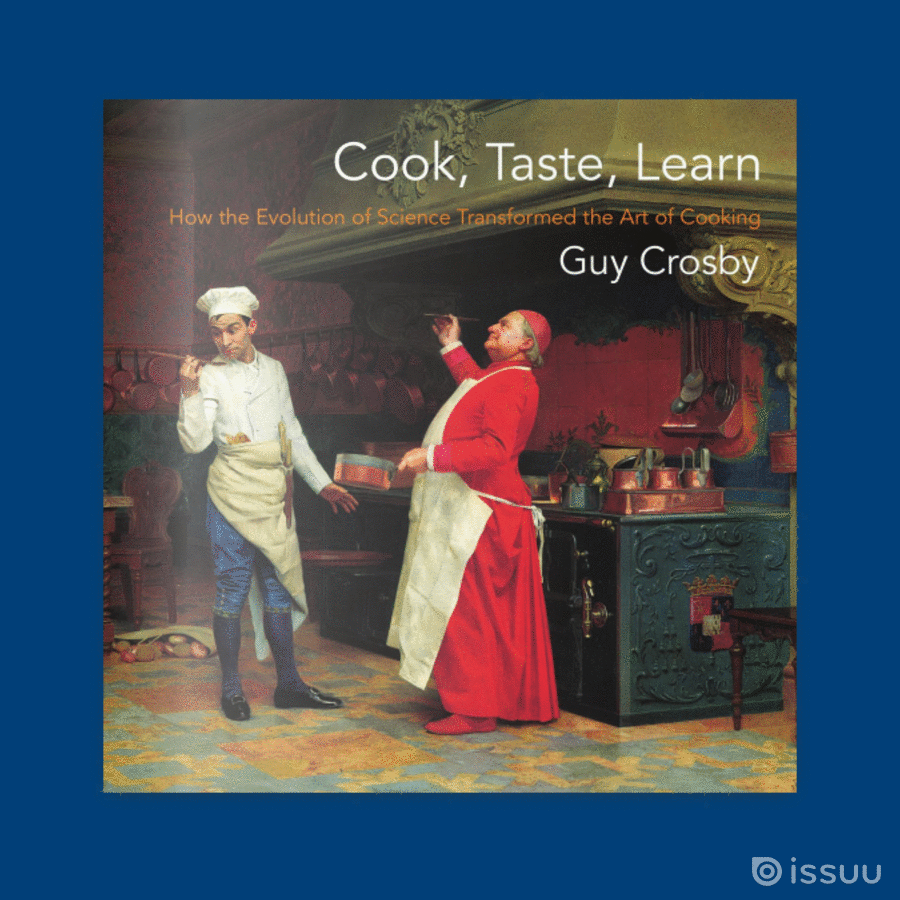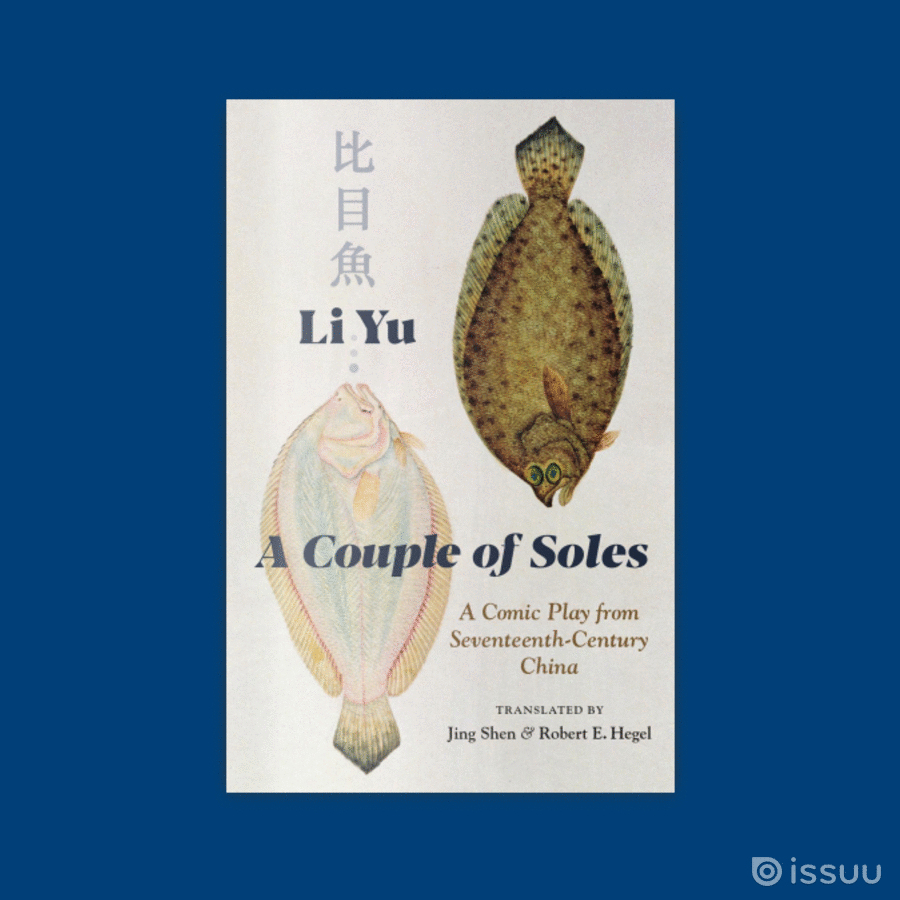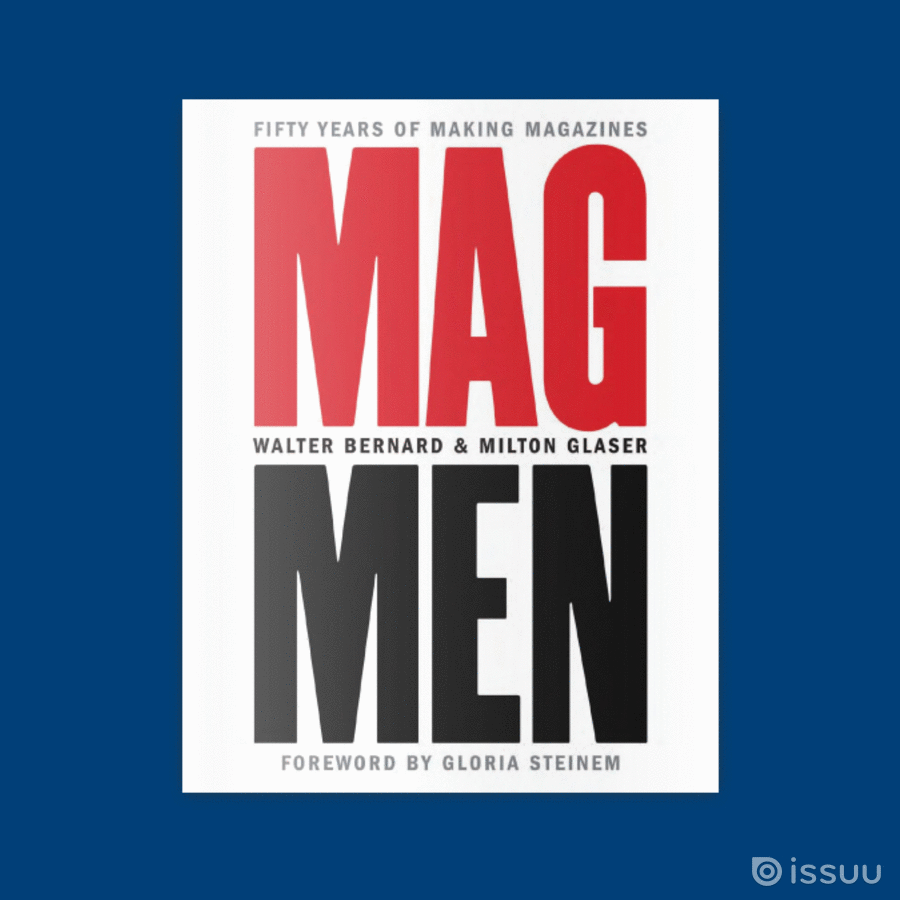Emanuel Levy on Todd Haynes's "Carol"
In the following essay, Emanuel Levy, author of Gay Directors, Gay Films?: Pedro Almodóvar, Terence Davies, Todd Haynes, Gus Van Sant, John Waters, discusses Carol, Todd Haynes forthcoming film:
Carol, Todd Haynes’s sixth feature, is his most fully realized film to date. Now this is a bold statement to make about a director who has only made thematically and artistically interesting films, even if they didn’t always find appreciative audiences. The movie adds a striking panel to a small (only six features in twenty-five years) but distinguished oeuvre.
A logical follow-up to his former movies, Carol may also signal a new point of departure. For starters, Haynes didn’t originate this project, which has been around for a decade. At one point, John Crowly was to direct with Cate Blanchett and Mia Wasikowska. For another, it is the first film in which he wasn’t involved as writer or co-writer (he had collaborated with Oren Moverman). World premiering at the 2015 Cannes Film Fest, his second appearance there after Velvet Goldmine in 1998, the film was eagerly anticipated. Adapted to the screen by Phyllis Nagy, it’s based on The Price of Salt by Patricia Highsmith, featuring two great actresses, Blanchett, fresh off from Oscar-winning turn in Blue Jasmine, and Rooney Mara, best known for The Girl with the Dragon Tattoo.
Though he didn’t write its script, Carol continues to explore ideas and characters that have preoccupied him over the past three decades. Like other indie directors—Soderbergh, David O. Russell, Alexander Payne, all roughly his age—Haynes is an auteur in the thematic rather than stylistic sense of this concept, as formulated by the great critic Andrew Sarris. Carol belongs to Haynes’ provocative films about deviance, all astringent explorations in theoretically infused feminist and queer cinema. Like most of his oeuvre, it deconstructs sexual politics, centering on role of the housewife. The 1995 critically acclaimed Safe offers a perceptive portrait of a San Fernando Valley housewife who’s a product of stifling suburban existence and rigid patriarchy. As a screen character, in class and emotional malaise, Carol, an elegant upper-middle class femme, is closer to the leisurely heroine of Far From Heaven than the protagonist of Mildred Pierce (Haynes’s HBO series).
Haynes has been more interested in the historical construction of “gayness” than depicting contemporary lifestyles. His features are set in the past, from the late 1950s of Far from Heaven to the early 1970s of Velvet Goldmine, and the late 1980s of Poison and Safe. Set in New York City, in1952-3, Carol explores the lives of two women who could not have been more different in age, class, and lifestyle. It is a coincidence but an intriguing one that the heroine is named Carol, just like Safe’s protagonist—Carol White.
The starry cast and prestigious source material elevates Carol considerably, and the Weinsteins’ shrewd handling and December release date position the film as a frontrunner in the upcoming awards season. Other Highsmith novels have been made into successful Hollywood movies, including Hitchcock’s 1951 masterpiece, Strangers on a Train, and Anthony Minghella’s 1998 The Talented Mr. Ripley (in which Blanchett had a small role). Salt of Earth (aka Carol) is the only book Highsmith wrote (in pseudonym) outside the more traditional crime milieu, yet it is also framed in the same singular perspective as the rest of her subjects. All of her books explore the inner thoughts of a festering-criminal character, and Carol is no different.
Unlike The Price of Salt, set within the single mind of Therese, Carol the movie offers a more balanced view based on dual perspective. Therese’s only “crime” (or deviance) is falling in love without even knowing it, and later realizing that her attraction to Carol conflicts with of her self-perception and relationships. Just like her art work, Therese is a girl in the process of becoming a woman, initially shy and insecure, as if waiting for the right individual (certainly not her boyfriend) and encounter to mold her. Like most of Haynes’s heroines, after a series of trial and rituals, Therese emerges with stronger sense of self, based on recognition of her true desire.
The tale assumes the shape of a road film, but this is Haynes and so everything is strange and ambiguous—and nothing is generic. When Carol’s harsh husband Harge takes off with their daughter, Carol proposes a car trip out west and surprisingly Therese agrees. After exchanging glances and embraces, the two consummate their desire in Waterloo, Iowa (of all places), an ironic note that’s not lost on the witty Carol. Significantly, the sexual encounter is brief and subtle, more suggestive than really graphic, and doesn’t serve as the tale’s climax.
Harsh reality knocks in the next sequence, when the law pursues the women, threatening Carol with cruel punishment—loss of custody—for her transgression. The final, silent encounter between the characters is nothing short of stunning, earning its positive tone and our empathy (and sympathy) for both women.
Carol, like Velvet Goldmine and Far from Heaven, deals with coming out and gaining sexual awareness, but these issues just form subplots in richer, more ambiguous narratives. In fact. Carol unfolds as a classic love story rather than explicit lesbian romance, driven, like other romantic tales, by emotional yearning, fearless passion, strong desire, and fulfillment.
The exploration of Carol’s and Therese’s evolving personalities reaffirms Haynes’s stand that sexuality is a culturally constructed concept, and identity formation is a fluid and dynamic process. Carol and Therese, like other Haynes protagonists, are social outcasts whose “subversive” identity and “abnormal” sexuality place them at odds with society’s norms. He perceived sexuality is a dangerous, disruptive force of the social order, which explains why it is repressed by mainstream ideology. For Haynes, artists, especially gay artists, are the most subversive, because they stand “outside” conventional and their rebellious creativity represents avenues for both personal liberation and cultural changes. In Velvet Goldmine, it was the David Bowie-inspired character, in I’m Not There, the multi-faceted Bob Dylan, and in Carol, Therese is aspiring photographer (in the book, she was theater designer).
Refusing to compromise his singular vision, Haynes has maintained artistic control by guiding each work through meticulous attention to production and execution. Though he has collaborated with the same cinematographers—Maryse Alberti in the 1990s, Edward Lachman in the last decade—each film represents a new challenge calling for different visual strategies. Unlike other indie directors, such as Tarantino or Rodriguez, Haynes’s visual style is idiosyncratic and unimitable. Haynes favors formalism over naturalism, innovation over convention, manifest in using Barbie Dolls in his short, Superstar, or (following Bunuel) casting different actors to portray various facets of Bob Dylan in I’m Not There. Haynes employed the semi-documentary format in some segments of Poison, but when the material allows, as in Far From Heaven, he borrowed the glossy style of Douglas Sirk’s 1950s melodramas (All That Heaven Allows). In Carol, for visual inspiration, Haynes looked at photojournalism and art photography of female artists like Ruth Orkin, Esther Bubley, Helen Levitt, and Vivian Maier.
Aiming to challenge and surprise viewers, even those familiar with art-house cinema, Haynes, like Almodovar, Terence Davies, and John Waters (the other figures in Gay Directors, Gay Films?) has placed at the center of his narratives idiosyncratic women whose stature is elevated by grand actresses: Julianne Moore (Safe, Far From Heaven) Kate Winslet (Mildred Pierce), Blanchett and Mara (Carol); the latter shared best actress kudos at Cannes. Haynes’ deconstructive strategy—playing against viewers expectation for emotional identification—might suggest that Carol is too ironic and icy cold, but deep down he is a compassionate director who cares about his characters, even if he refuses to sentimentalize them or turn them into role models.





